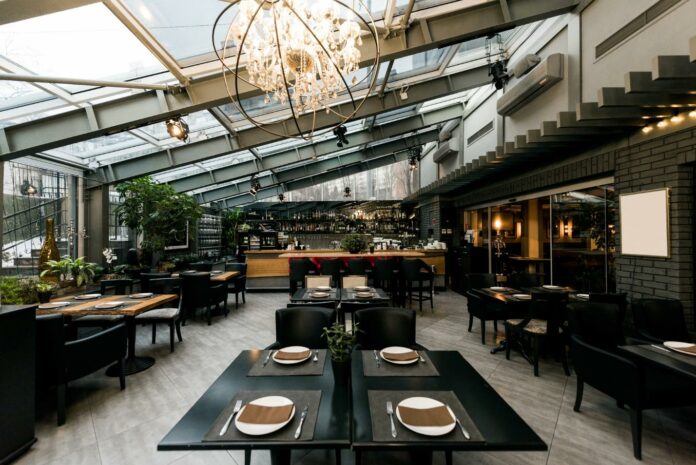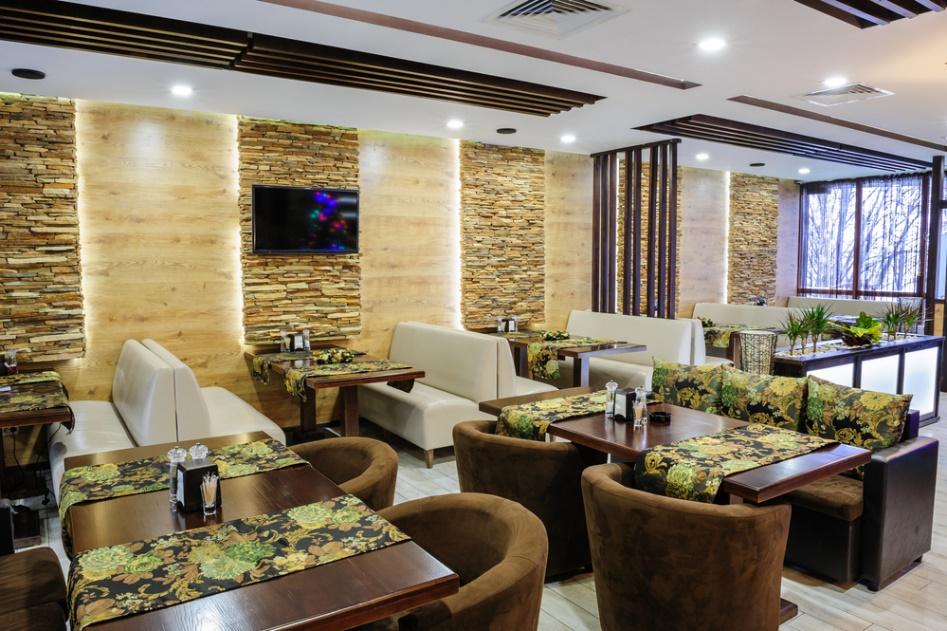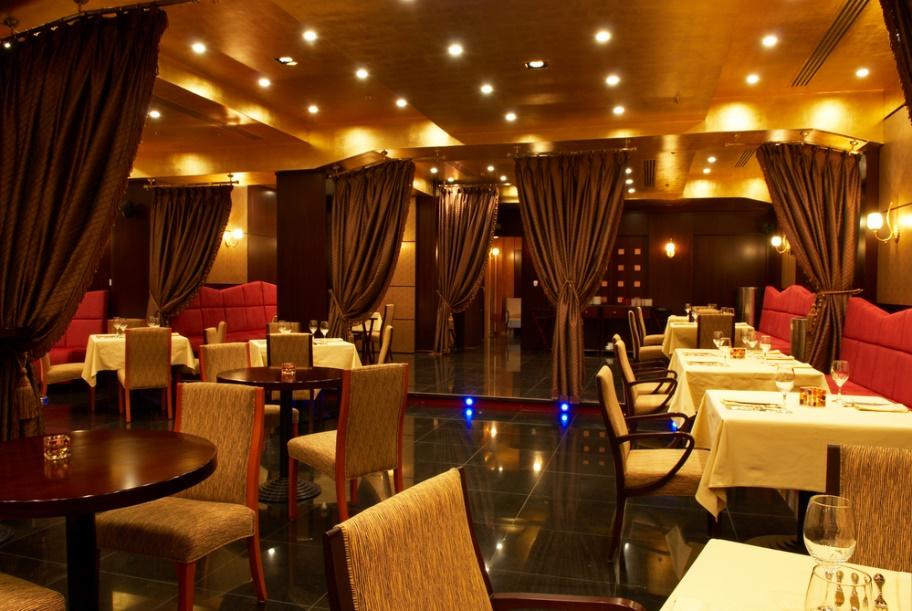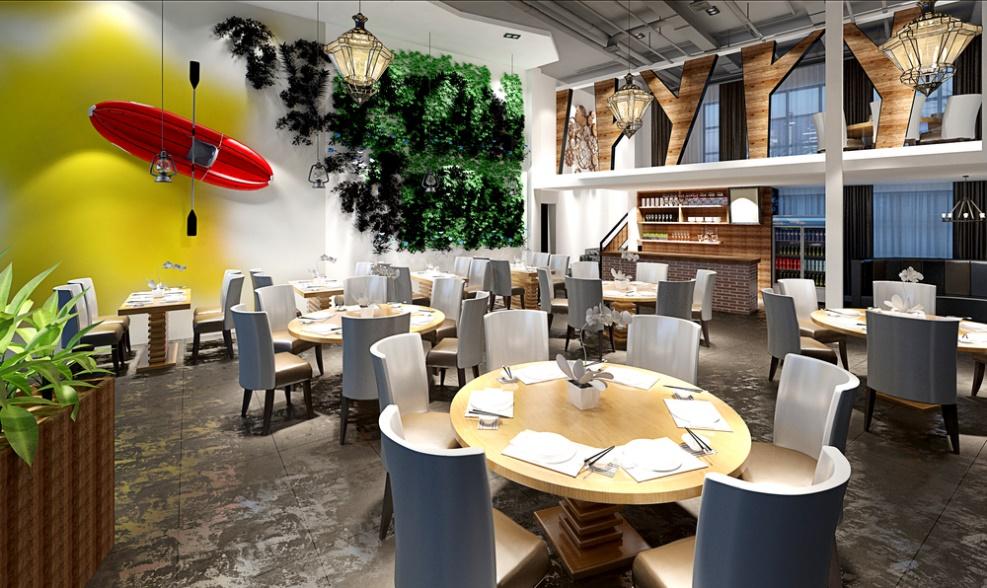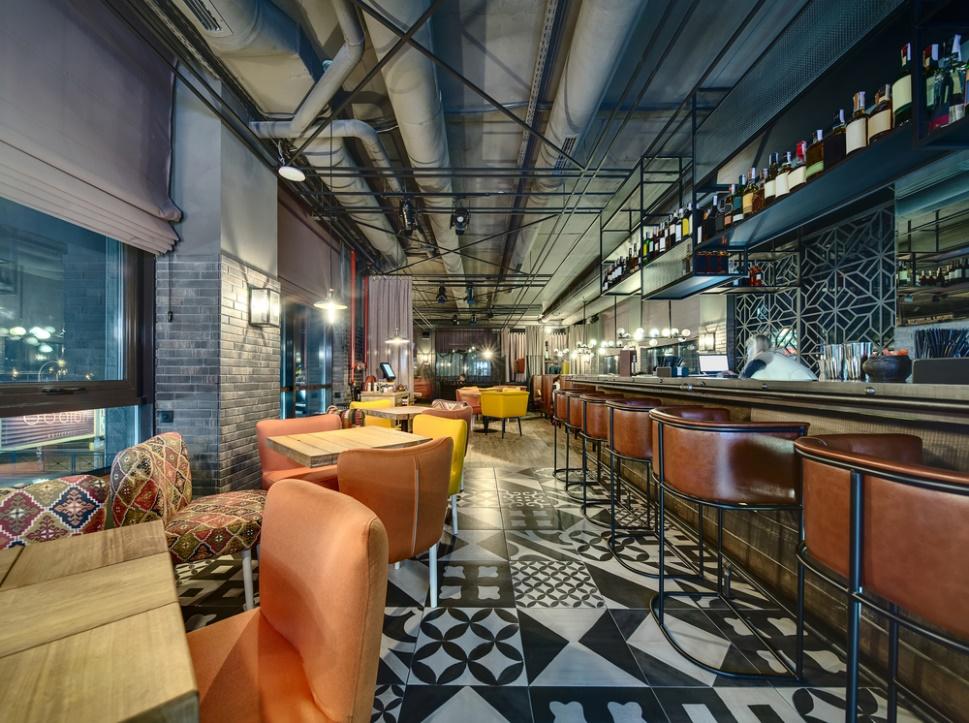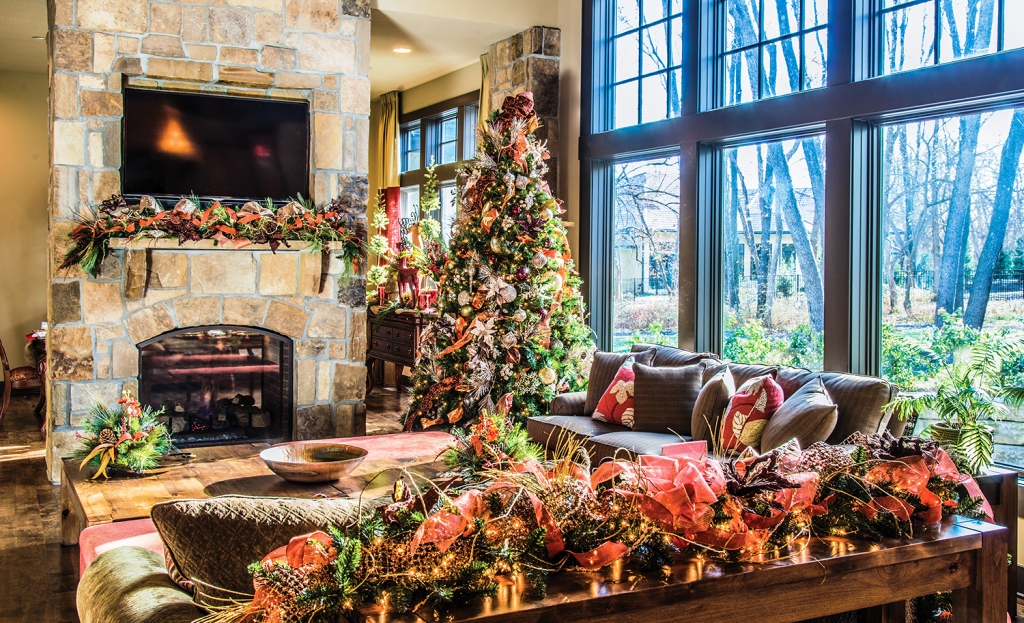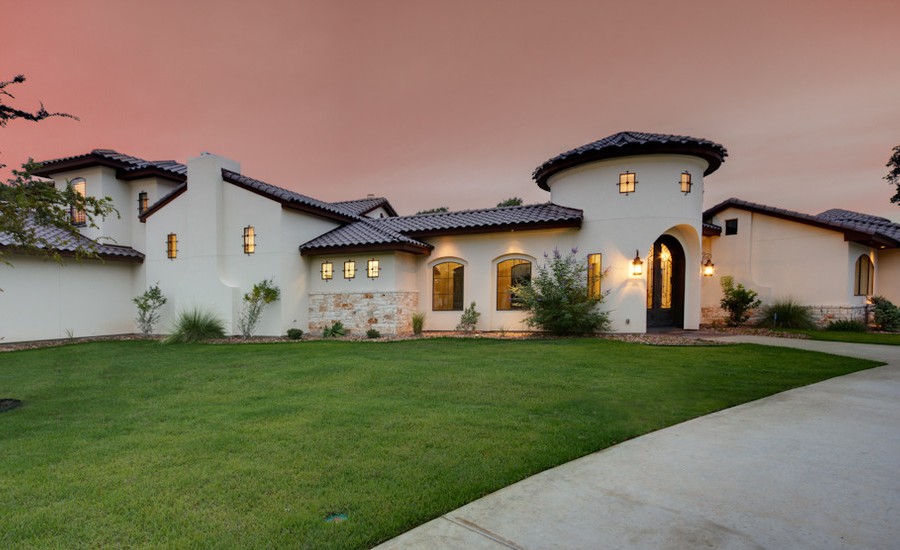Restaurant design is a science, all the way down to lighting and table placement. You want to stay true to your restaurant’s theme and feel without sacrificing your customers’ enjoyment. It sounds easy, but it can be difficult to do.
Seating capacity, furniture quality, and floorplan will all play a role in the dining experience, so you’ll want to optimize each of these factors. What’s more, you’ll want to make your restaurant as Instagrammable as possible. It sounds trite, but Instagram has become an invaluable tool for restauranteurs everywhere as a means of getting the word out.
Enhance your diners’ eating experience with these easy-to-implement design tips that will surely achieve appetite and ambience.
Prioritize comfort
No amount of aesthetic appeal can take the place of comfort. Diners eat out to relax and have an experience. Your restaurant’s food is responsible for providing the experience while its décor is responsible for providing the relaxation.
The first thing you’ll want to do is choose the right seating. Seats that are too soft or too hard will interfere with the dining experience. Cushioned, yet firm, seating is the best way to go and holds the broadest appeal.
Next, you’ll need to ensure the restaurant is kept at a comfortable temperature. Having a functional HVAC system that displaces heat from the kitchen is ideal. A working HVAC system will also prevent unpleasant smells from building up in the restaurant.
The color scheme of your restaurant will also contribute to the comfort levels. When it comes to appetizing hues, red and yellow rule. That doesn’t mean you should incorporate a McDonald’s-like theme, however. Deep reds, such as maroon or burgundy, give off a more elegant vibe. Meanwhile, honey yellow is also a warm and inviting shade that remains true to the ideal color scheme.
Colors impact comfort by the emotions they elicit. For this reason, green and other energizing shades are not recommended for restaurants. Reds and yellows will inspire a more laidback feel.
Optimize lighting
There are two general guidelines to follow when choosing the right lighting for your restaurant. The first is to avoid overly dim lighting. Nobody likes to eat in the dark – a bright atmosphere is almost always preferable (especially for Instagram). Secondly, choose warm color temperature settings. Cold lighting is unappetizing and intrusive.
Avoid lighting that is too direct. Either select lighting that highlights artworks, but has enough vivacity to properly light the restaurant, or opt for dim overhead lights. Low-hanging light fixtures directly above the tables can be aesthetically pleasing if they emit a soft, warm glow.
Warm lighting also enhances the appearance of the food. Most importantly, however, the lighting you choose should go with the theme of the restaurant. In brunch establishments, bright, natural light is most likely your best bet. People want to read their morning paper and people-watch, so large open windows are the ideal lighting source.
Dinner establishments call for more intimate, low-intensity lighting in the form of dimmable wall or ceiling fixtures. Edison bulbs are a neat new fixture that seamlessly blend vintage style with a contemporary aesthetic. Their captivating appearance and warm hue makes them a popular choice in restaurant design.
Carefully determine layout
The dining area should make up 60% of your restaurant’s overall layout. Avoid placing tables too close together and in a grid-like pattern. This is a popular layout in dinner restaurants that aim to cater to customers at maximum capacity, but it’s extremely inconvenient.
Aim to keep two to three feet between tables. Along the edges of your restaurant, place booths for larger parties. This inhibits noise carryover, while lending a sense of organization. In the center, place smaller tables for parties of two to four people. While it’s best to use large tables on the outer edges for bigger parties, round tables are the ideal option for smaller parties in the center of the dining area.
The sharp corners of rectangular tables are more dangerous for maneuvering, where round tables give the illusion of softness. They also allow for more seating in the event you need to maximize the space.
Keep an open floor plan when possible. This creates a more open, convivial atmosphere that is also easier to navigate. If you’re a believer in feng shui, this also lets the chi flow more naturally.
Opt for unique décor
Get creative with your restaurant’s décor. With so many eateries creating competition, your décor may just be what makes your restaurant stand out. The two most popular aesthetics now are the industrially-styled gastropub and the sleek, chic, modern bistro.
That doesn’t mean you should necessarily adhere to these design templates, however. Infusing your restaurant with your own distinctive personality will oftentimes lead to a more attractive interior.
And budget doesn’t have to be a factor in effective restaurant design either. According to professional restaurant designers, the following three guidelines can be applied by any restaurant owner on a budget:
- A simple look suggests luxury, so less really is more sometimes.
- Flea market finds can make for a diverse, antique look.
- Chalkboard walls are a versatile and artistic touch to any restaurant’s décor.
To really make it original, you can even custom design your own table. Buy some large slabs of granite, varnished wood, or marble from your local home improvement store and pair them with a custom table base. This is another great method for creating an eclectic design, as you can opt for differently styled tables as opposed to uniform furniture.
With social media on the rise, your restaurant’s interior design will hold as much appeal as its menu, so take the time to put some thought into it and diversify its décor.

